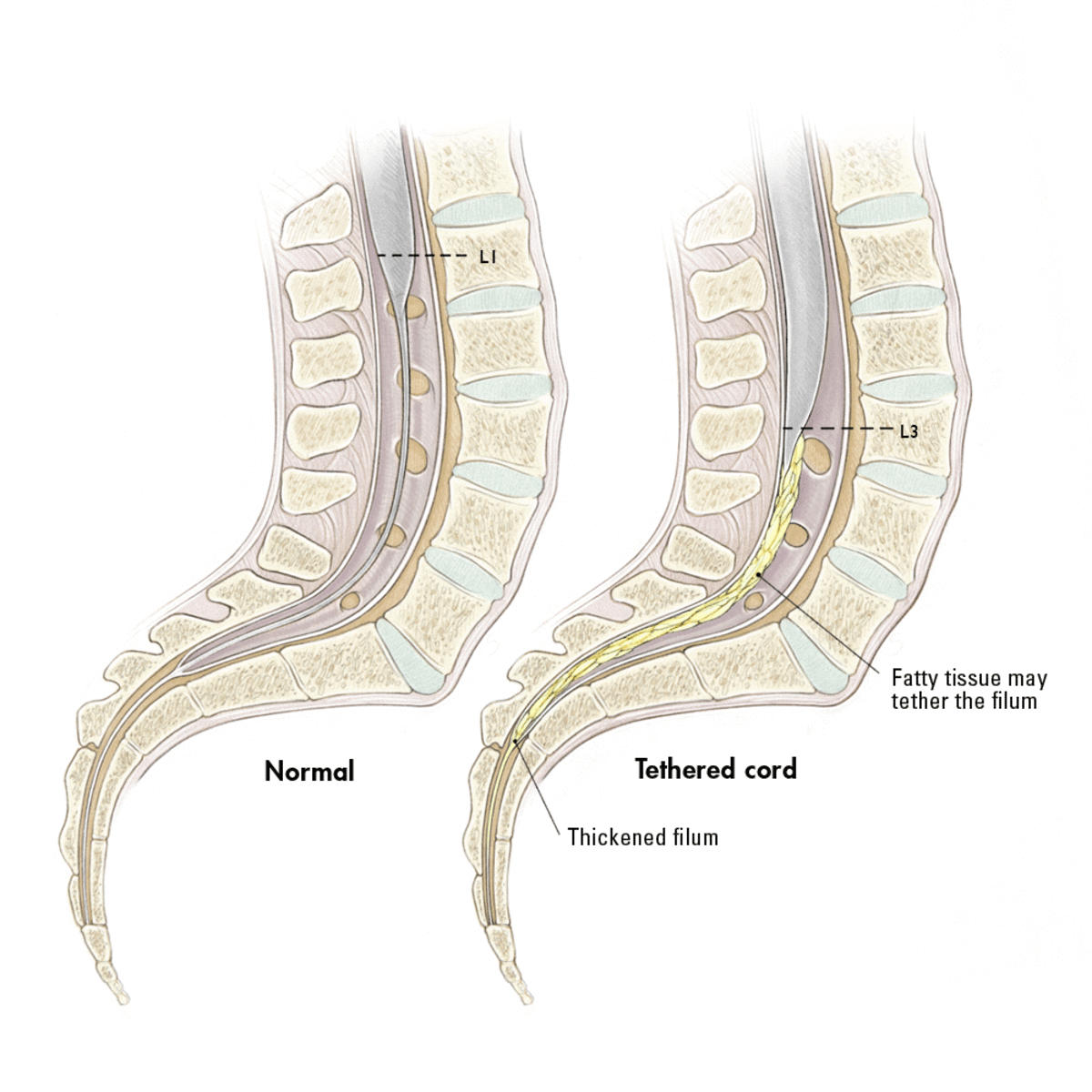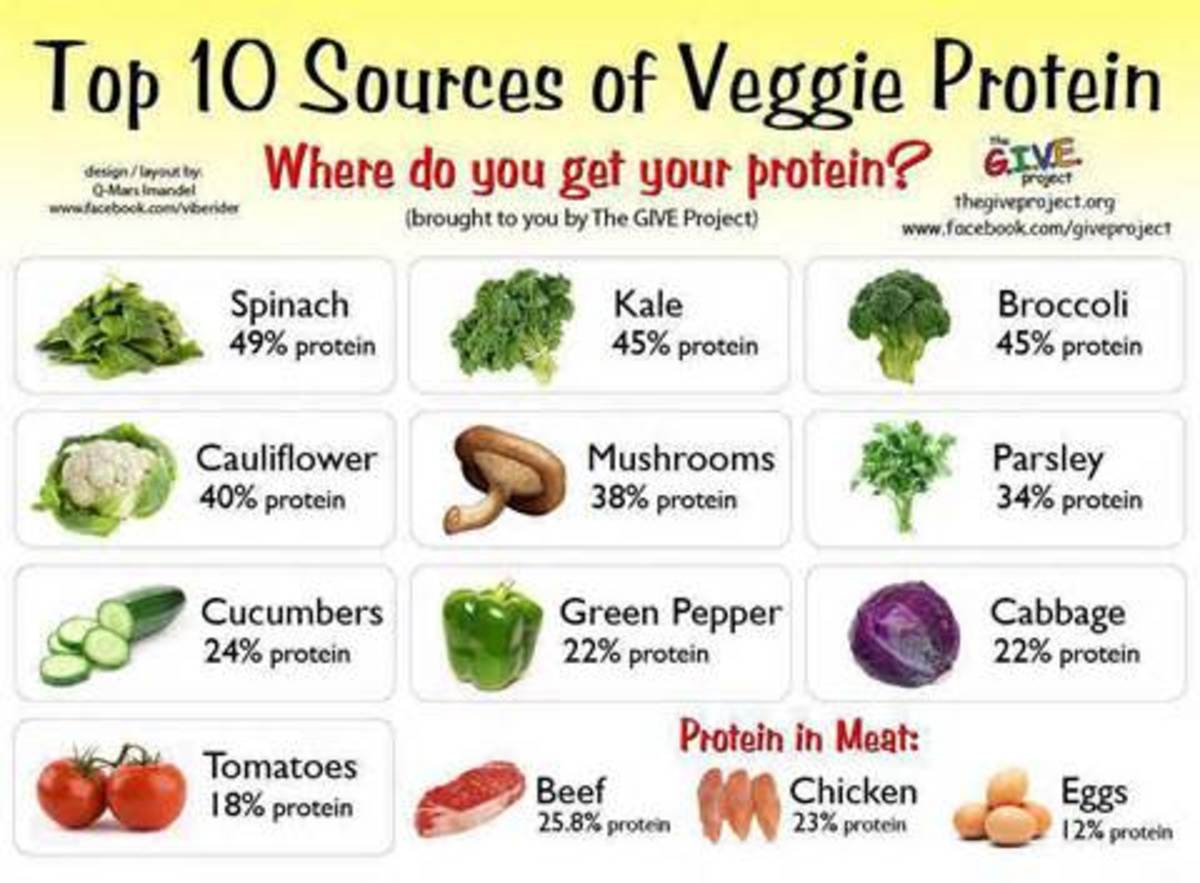Micronutrient Grief: How Modern Diets Starve Our Cells and Mute Our Moods

The Silent Hunger Beneath Abundance
We live in an age of abundance—grocery aisles brimming with options, plates piled high, and calories consumed with ease. Yet beneath this surface of plenty, a quieter hunger persists. It’s not the kind that growls in the stomach or shows up on scales. It’s subtler, cellular. We are starving not for food, but for the elemental whispers of wellness: micronutrients.
These trace minerals and vitamins—magnesium, zinc, B-complex, omega-3s—are the invisible architects of vitality. They don’t shout, but they shape everything: our moods, our hormones, our ability to think clearly and feel deeply. They are the co-authors of emotional resilience, the scaffolding of metabolic grace, the quiet custodians of our nervous system’s ability to regulate and restore.
And yet, modern diets—dominated by ultra-processed convenience, monocropped produce, and soil stripped of its mineral memory—have ushered in a silent epidemic. This is not just nutritional deficiency. It’s micronutrient grief: a slow erosion of inner brightness, a biochemical mourning that manifests as fatigue, fog, and emotional flatness.
We eat, but we do not nourish. We fill our plates, but not our cells. And in this dissonance between fullness and fulfillment, something sacred is lost.
The Dilution of Nourishment
Over the past century, agriculture has become a marvel of scale—fields engineered for maximum yield, crops bred for shelf life, and soil treated like a machine to be optimized. But beneath this industrial triumph lies a quiet erosion. Scientists call it the “dilution effect”: as crop yields swell through synthetic fertilizers and genetic selection, the mineral density of our food shrinks. The broccoli we eat today may look vibrant, but it holds less than half the calcium it did in 1950. Spinach, once a reliable source of iron, now whispers rather than sings.
This isn’t just a loss of nutrients—it’s a loss of intimacy with the land. Our food may be abundant in volume, but its nutritional soul has thinned, leaving our bodies full yet unfed.
Meanwhile, ultra-processed foods have become the dominant language of modern eating. Sweetened cereals, packaged snacks, frozen entrees—engineered for convenience, flavor, and addictive texture—now account for over 57% of adult caloric intake in the U.S. These products are often fortified, but fortification is a bandage, not a cure. It cannot replicate the symphony of micronutrients found in whole, living foods. It cannot restore the subtle interplay between minerals, enzymes, and phytonutrients that our cells recognize as nourishment.
We are consuming calories, not communion. And in this disconnection, our bodies grieve—quietly, chronically, and collectively.
Micronutrients and Mood: The Brain’s Hidden Hunger
Micronutrients—those quiet, potent molecules like magnesium, zinc, B vitamins, and omega-3 fatty acids—are far more than nutritional footnotes. They are the biochemical artisans behind neurotransmitter synthesis, mitochondrial energy production, and the regulation of inflammation. In essence, they help orchestrate the symphony of thought, feeling, and physiological balance.
When these nutrients are missing, the body doesn’t always scream. Instead, it sighs. Deficiency rarely announces itself with dramatic illness. It creeps in as emotional flatness, chronic fatigue, irritability, and a subtle disconnection from joy. The nervous system, undernourished and overstimulated, begins to fray at the edges.
Emerging research reveals a startling truth: low micronutrient intake is not just a personal health issue—it’s a social one. Studies have linked deficiencies to unstable moods, heightened reactivity, and even increased aggression in public discourse. This is brain hunger—a quiet, collective depletion that shapes how we relate, respond, and recover. It influences our capacity for empathy, patience, and nuance.
In a world that prizes productivity and speed, we often forget that emotional regulation is a nutrient-dependent process. To feed the brain is to feed our ability to listen, to pause, to connect. And in that nourishment, we reclaim not just mental clarity—but relational grace.
Symptoms of Subtle Starvation
Micronutrient grief rarely arrives with fanfare. It doesn’t crash into our lives like acute illness—it drifts in quietly, disguised as everyday weariness. This form of biochemical depletion often whispers through symptoms that are subtle, persistent, and easily dismissed:
-
Fatigue despite adequate sleep: Chronic tiredness may stem from deficiencies in iron, magnesium, or B vitamins, which are essential for mitochondrial energy production. Even mild iron deficiency can impair oxygen delivery to tissues, leading to exhaustion.
-
Brain fog and poor concentration: Cognitive sluggishness is frequently linked to low levels of vitamin B12, folate, and iron. These nutrients support neurotransmitter synthesis and oxygenation of the brain. Deficiency can impair memory, focus, and mental clarity.
-
Mood swings, anxiety, and emotional numbness: Magnesium, omega-3 fatty acids, and B vitamins play key roles in regulating serotonin and dopamine. Deficiencies disrupt emotional regulation and have been associated with increased risk of depression and anxiety.
-
Brittle nails, thinning hair, and dry skin: These physical signs often reflect low levels of zinc, biotin, and essential fatty acids. Zinc is crucial for keratin production, while omega-3s maintain skin barrier function.
-
Hormonal imbalances and irregular cycles: Micronutrients like magnesium, vitamin D, and B6 influence hormonal synthesis and balance. Deficiency can contribute to PMS, irregular menstruation, and adrenal dysregulation.
These symptoms are often misattributed to stress, aging, or “just life.” But beneath the surface, they may be biochemical cries for deeper nourishment—signals that the body’s architecture is quietly unraveling. Functional medicine practitioners emphasize that even with a seemingly balanced diet, chronic stress, poor absorption, and environmental toxins can deplete nutrient stores over time.
Micronutrient grief is not just a personal health concern—it’s a cultural one. It reflects a disconnect between what we consume and what our bodies truly require to thrive. And in restoring these invisible nutrients, we don’t just reclaim physical vitality—we recover emotional depth, mental clarity, and the capacity to feel fully alive.
Restoring the Invisible Architecture
Healing begins not with a prescription, but with a reckoning—with the quiet realization that our bodies, though fed, may not be nourished. Awareness is the first nutrient. It invites us to look beyond calories and convenience, and toward the elemental building blocks of vitality: whole, living foods.
Scientific research consistently affirms that diets rich in leafy greens, nuts, seeds, legumes, and fermented foods offer profound benefits for cellular repair, emotional regulation, and disease prevention. Leafy greens like kale, bok choy, and spinach are abundant in calcium, magnesium, and folate—nutrients essential for bone health, mood stability, and DNA synthesis. Nuts and seeds provide healthy fats, protein, and trace minerals such as zinc and selenium, which support immune function and hormonal balance. Legumes—beans, lentils, and peas—are rich in fiber, iron, and B vitamins, helping regulate blood sugar and support neurotransmitter production. Fermented foods like kimchi, sauerkraut, and tempeh restore microbial diversity in the gut, which is increasingly linked to mental health and immune resilience.
But nourishment is not just about what we eat—it’s about how and where it’s grown. Soil-conscious sourcing matters. Crops grown in mineral-rich, regenerative soils contain higher levels of micronutrients than those from depleted, industrial fields. The “dilution effect” in modern agriculture has shown that increased crop yields often come at the cost of nutrient density. Choosing organic, local, and biodiverse produce helps restore not only our bodies, but the ecosystems that sustain them.
Mindful supplementation, when necessary, can bridge gaps—especially for nutrients like vitamin B12, omega-3s, and vitamin D, which may be harder to obtain through diet alone. But supplements should complement, not replace, a foundation of whole foods.
And yet, restoration is not merely physical. It is emotional. It is cultural. To nourish ourselves deeply is to reclaim the right to feel fully, think clearly, and live vibrantly. It is to resist the numbing pace of modern life and re-enter relationship—with food, with land, with body. It is a form of remembering: that vitality is not a luxury, but a birthright.
In this reclamation, we do more than rebuild health. We restore meaning. We transform meals into rituals, nutrients into allies, and eating into an act of healing.
Conclusion: Feeding the Nervous System, Not Just the Body
Micronutrient grief is not merely a nutritional imbalance—it is a spiritual rupture. It reflects a deeper disconnection from the rhythms of care, the intimacy of nourishment, and the sacredness of embodiment. In a world engineered for speed and shortcuts, we are invited to pause and ask: What does it truly mean to nourish ourselves?
To feed the nervous system is not just a biochemical act—it is a ritual of restoration. Magnesium, for instance, regulates over 300 enzymatic reactions, including those that calm the nervous system and support sleep. A warm bath infused with magnesium salts becomes more than a soak—it becomes a ceremony of surrender. Zinc, essential for immune resilience and emotional regulation, finds its way into a seed blend shared at the table, transforming a snack into communion. A mineral-rich broth, simmered slowly with seaweed, bones, and aromatic herbs, becomes a liquid prayer—rebuilding the gut lining, replenishing electrolytes, and soothing the vagus nerve.
These acts of nourishment are quiet, often invisible, but they carry profound weight. They remind us that healing is not always loud or linear—it is layered, cyclical, and deeply relational.
As we begin to restore our cellular architecture, something unexpected happens. Our moods soften. Our memories sharpen. Our capacity to connect—both with ourselves and others—returns. The fog lifts. The irritability wanes. The body, once muted, begins to hum again.
Micronutrient grief teaches us that vitality is not just the absence of disease—it is the presence of aliveness. And in reclaiming that aliveness, we do more than heal. We remember.
References
Micronutrients & Cognitive Function
-
Opara, U. (2023). Micronutrients and mental health: Exploring the link between nutrition and cognitive function. Allied Academies. https://www.alliedacademies.org/articles/micronutrients-and-mental-health-exploring-the-link-between-nutrition-and-cognitive-function.pdf
-
Linus Pauling Institute. (n.d.). Cognitive Function In Depth. Oregon State University. https://lpi.oregonstate.edu/mic/health-disease/cognitive-function
-
Chrzastek, M., Guligowska, A., Sobczuk, K., & Kostka, T. (2023). Nutrient deficiencies and the mind: The mental health consequences of malnutrition. Connect Extension. https://connect.extension.org/blog/nutrient-deficiencies-and-the-mind-the-mental-health-consequences-of-malnutrition
Whole Foods & Nutritional Restoration
-
McManus, K. (2023). Plant-based diet: Nuts, seeds, and legumes can help get you there. Harvard Health Publishing. https://www.health.harvard.edu/staying-healthy/plant-based-diet-nuts-seeds-and-legumes-can-help-get-you-there
-
Verywell Health. (2023). What are whole foods and why are they nutritious? https://www.verywellhealth.com/what-are-whole-foods-8683222
-
Sweet Pea Plant-Based. (2023). The Whole Food Plant-Based Food Pyramid: A Guide to Optimal Nutrition. https://sweetpeaplantbased.com/blogs/news/the-whole-food-plant-based-food-pyramid-a-guide-to-optimal-nutrition
Agricultural Dilution Effect
-
Davis, D. R., Epp, M. D., & Riordan, H. D. (2004). Changes in USDA food composition data for 43 garden crops, 1950 to 1999. Journal of the American College of Nutrition, 23(6), 669–682. https://hygeia-analytics.com/2016/12/14/nutrient-decline-linked-to-the-dilution-effect/
-
Jarrell, W. M., & Beverly, R. B. (1981). The dilution effect in plant nutrition studies. Advances in Agronomy, 34, 197–224. https://journals.ashs.org/downloadpdf/view/journals/hortsci/44/1/article-p15.pdf
Processed Foods & Public Health
-
Kiani, A., et al. (2022). Global nutrition challenges: A public health review of dietary risks. World Journal of Advanced Research and Reviews, 17. https://wjarr.com/sites/default/files/WJARR-2024-0177.pdf
-
UNICEF. (2023). Large-scale food fortification for the prevention of micronutrient deficiencies. https://www.unicef.org/sites/default/files/2024-01/UNICEF%20FF%20Guidance-v8.pdf
This content is accurate and true to the best of the author’s knowledge and is not meant to substitute for formal and individualized advice from a qualified professional.
© 2025 Erin K Stewart








